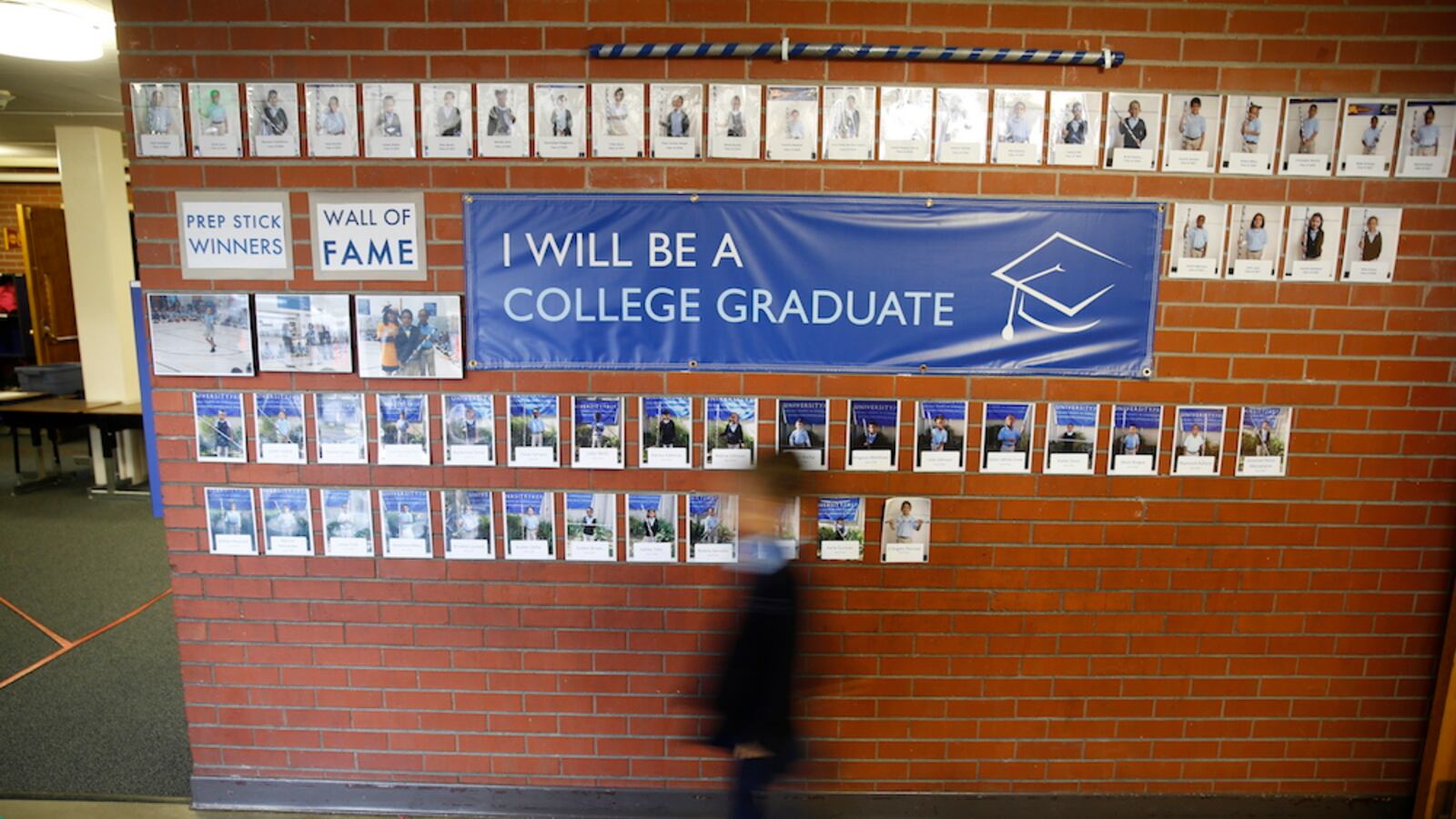High school students making crucial decisions about where to go to college might find traditional college rankings helpful, but some Indiana leaders say Hoosier students need better tools.
The Indiana Commission for Higher Education recently rolled out a new college information system called the Indiana College Value Index that gives students and their parents a host of information about Indiana colleges and universities, including important feedback from alumni and details such as the percent of majors that earn salaries higher than the state median.
The new tool paints a fuller picture of the cost, atmosphere and support provided by the state’s public two- and four-year colleges and universities and deliberately avoids giving colleges a ranking because the best school for each student could vary with each student’s grades, interests and priorities.
“We have all this great data, but we’ve known for a long time what we’re missing is the qualitative measure of the value of a college degree that you can’t just capture in numbers,” said spokeswoman Stephanie Wilson.
The new index includes information from the commission’s existing reports about how much colleges cost, how long it takes a typical student who enrolls to graduate and how much remediation they might need later on. It also factors in results from a survey earlier this year of 14 public colleges and universities that asked alumni to answer questions about a range of topics, including internships, extracurricular activities, college debt, and job satisfaction and income post-graduation.
Some of the state’s larger institutions, such as Indiana University, did not participate in the survey, but other information about the state’s largest university is recorded in the index.
The largest source of new information in the index is feedback gathered from alumni.
“The voice of the student is a pretty important one that we should, to the extent possible, try to factor in to provide a more representative picture of what’s going on and where there’s room for improvement,” said Jason Bearce, the associate commissioner.
Using the new tool, students and families can see information about whether colleges offer services to support job searches and how Indiana stacks up nationally when it comes to relationships with faculty, among other sortable data points.
The index is still in its early stages, said Commissioner Teresa Lubbers, but it’s another part of a conversation that is happening in various stages among Indiana educators and policymakers about how to make sure students are prepared and able to eventually contribute to Indiana’s workforce and economy after they leave high school.
The tool could serve as a way to not just help students and families navigate the college admissions process, it could also be a useful way for state colleges and universities to see how they compare to their peers. Years ago, Bearce said, colleges mostly relied on enrollment numbers as the main indicator of success. Later, graduation rate became the popular metric.
By offering more information, Bearce said the goal is to encourage participation from colleges that might have had reservations about college rankings that look at just one or two factors.
Supporters of the index recognize that it’s not as simple to use as rankings like the controversial annual college list from U.S. News and World Report, but Lubbers said the Commission is working to make its new tool as accessible as possible to families that might be overwhelmed by college choices, particularly students who will be the first in their families to go to college.
As they work to add more colleges to the index and tweak how the data is presented, the Commission is also looking for feedback from people who use the tool this year. They’re working with the Indiana Youth Institute as well as local school districts and the principals and superintendents associations to figure out what information is still needed and how the index could work better.
“If we waited to have it just right … we’d never do anything,” Bearce said. “There are some gaps, but we didn’t want that to prevent us from putting something out there.”


